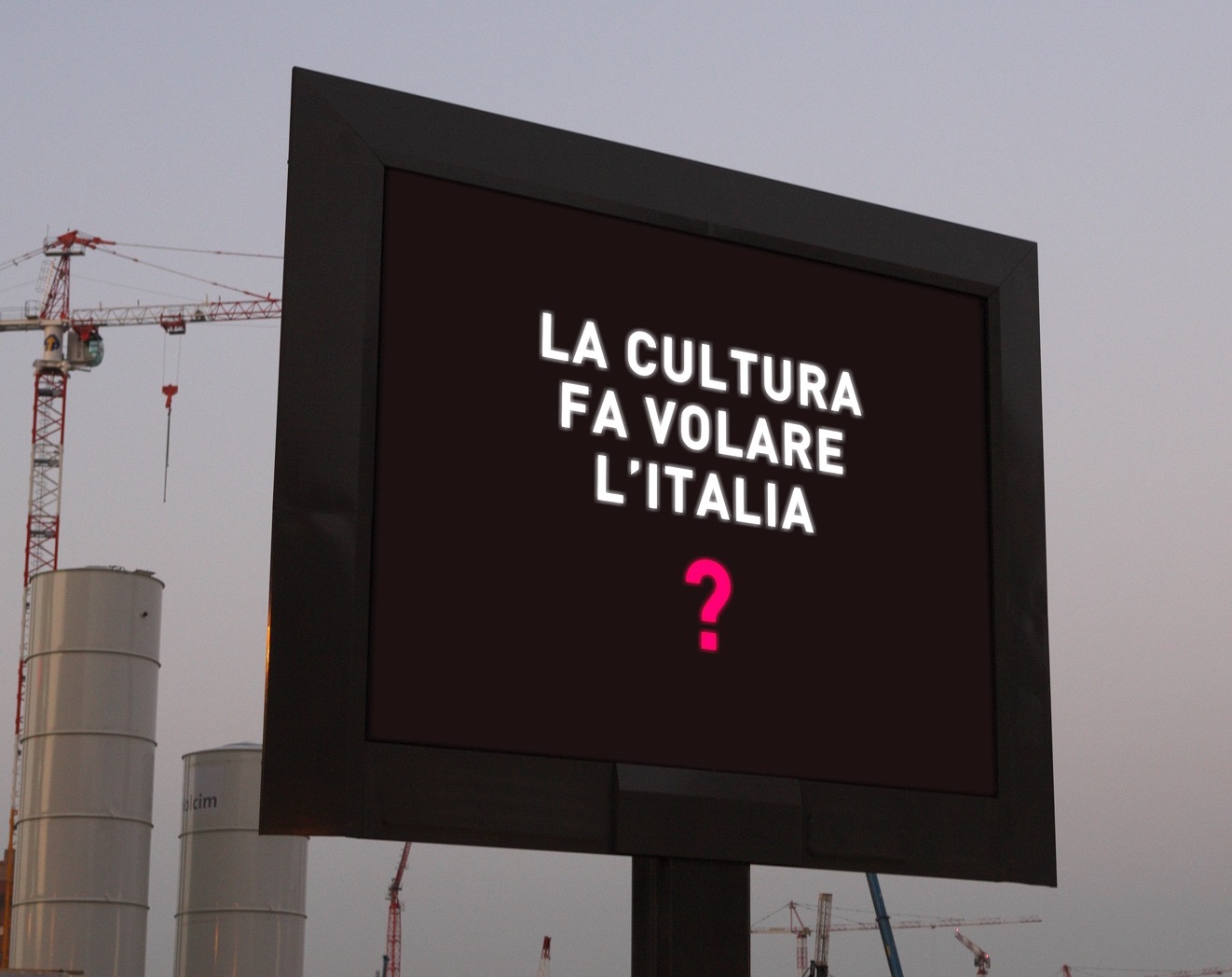“Public Art 2666” is a column that seeks to explore the interaction between the public domain and contemporary artistic practices, giving particular consideration to the resulting social impacts. The research is run by Collettivo 2666.

“Public Art 2666” is a new column that seeks to explore the interaction between the public domain and contemporary artistic practices by fostering a metaphorical site wherein such dynamics are discussed.
The column is run by a newly formed group named for Roberto Bolaño’s eponymous novel, whose polyphony we see as particularly resonant with our “increasingly refractive present.” 1 Formed by Pier Luigi Sacco, building on his work on cultural economics and art’s potential in the public sphere, along with Matthew D’Ambrosio Griffith, Maria Tartari, and in collaboration with Flash Art’s editorial team, it envisions scalable, networked contributions from researchers in a wide range of fields, in synergy with the magazine’s generative approach. The column will foster a valuable understanding of how local public spaces are responding to global discourse and what insights can be gained from art’s role therein.
We seek to further the line of inquiry brought to the fore by Flash Art’s recent issue, no. 329 February–March 2020, on the theme of “post-copyright,” a term introduced in the “Letter from the Editors” 2 as “a new sense of authenticity” whereby the concept of authorship is understood in the plural, as co-creation. We uphold that the necessarily collaborative nature of public art interventions — collaborative, in the sense of the negotiation between all the actors and factors that interact with a public space — similarly complicates concepts of authorship, emphasizing the importance of context, recalling the debate synthesized by Miwon Kwon 3 around site-specificity whereby reflection on public space emphasizes its surrounding communities. The site, contextually understood, is not merely a space.
The question of what is public art is harder to answer than what is not public art. The oft-cited example of what is not public art, or what is bad public art, is Richard Serra’s Tilted Arc (1981–89), which inspired such vitriol that, after legal intervention, it was removed from the place for which it was created, and in doing so was effectively destroyed, according to the artist. The example is a touchstone in that one can return to it again and again for clarification of the cardinal principles of public art, since its qualifiers as such are obvious — it existed outside and was intended to be among people; it was publicly funded; it was built for the specific place. However, as Danto has written, it ultimately affronted the public it interacted with by representing the art world more than the real world, seeming like “the metal grin of the art world having bitten off a piece of the public world, which it means to hold in its teeth forever, public be damned.” 4 Public art is a purposeful act of embrace of the public, private be damned.
In flouting the art world in favor of the public, however successfully, public art opens a rich and ever-expanding dynamic to explore between artist, art world, and public. To this end, we question art’s role in spaces ranging from nature, urban environments, and the digital realm, and the extent to which they may each be considered public. Intrinsically intertwined with questions of what constitutes public space are issues of systemic social inequality — what is art’s potential in this respect? How do we produce public art in a time when “monolithic cultural assumptions … are no longer viable”? 5 Is it possible to create public art that, in spite of traditional funding structures, does not perpetuate inequality? Can we build monuments without propagandizing? Ultimately, what effects does art in public space, broadly understood, have on its surrounding communities? Through questions such as these, we seek to embrace and expound upon the ways in which public art exists with, alongside, and sometimes accidentally in contrast with the public it reflects. We aim to understand the extent to which, as Danto writes, “Public art is the public transfigured: it is us, in the medium of artistic transformation.” 6
